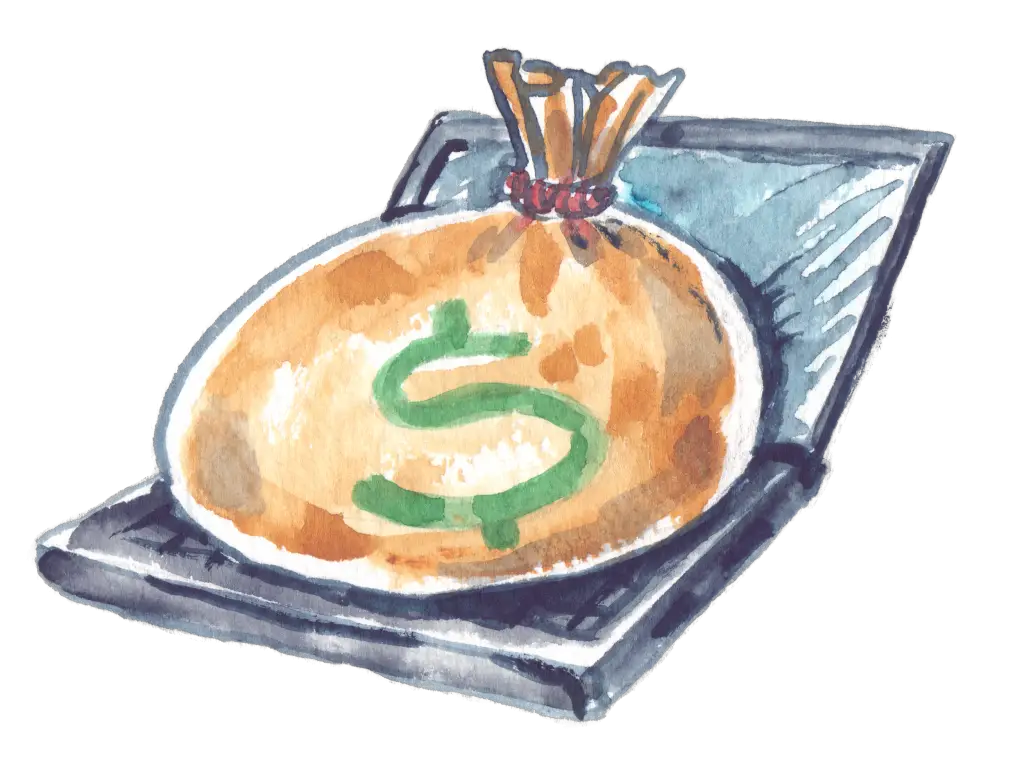
CommonCentsMom.com is advertiser-supported: we may earn compensation from the products and offers mentioned in this article. However, any expressed opinions are our own and aren't influenced by compensation. The contents of the CommonCentsMom.com website, such as text, graphics, images, and other material contained on this site (“Content”) are for informational purposes only. The Content is not intended to be a substitute for professional financial or legal advice. Always seek the advice of your Financial Advisor, CPA and Lawyer with any questions you may have regarding your situation. Never disregard professional advice or delay in seeking it because of something you have read on this website!
If you are a new investor and want to start trading, you have undoubtedly wondered how to select the right stocks to invest your money. While some ground rules exist, such as favoring a low P/E ratio and a company with high cash flow, finding the right stock among the thousands available in the market can be challenging.
This article examines best practices for selecting stocks and building a successful portfolio.
Traders spend most of their time searching for the perfect trading strategy, often trying to find the indicator or combination of indicators that can give the correct reading of the market trend, allowing them to find a successful strategy for pattern trading.
In this regard, it should be remembered that indicators do nothing more than measure characteristics relating to price variations. The price always incorporates the most critical component to consider, i.e., the effect of purchases and sales on the market.
How professional traders think
The market falls when most ask prices at which one declares willingness to buy are positioned lower than the current market prices. The market rises when most bid prices are positioned higher than current market prices.
Hence, the non-intuitive conclusion is that when capital flows reverse (the effects of purchases outweigh those of sales or vice versa), the market reverses directionality and creates those displayed as minimums or maximums on a graph.
From here, professional traders begin their reasoning by tracing static supports or resistances and dynamic supports or resistances, which will give the primary cues for the operation, together with the price action analysis.
So to find the most favorable stocks for day trading, the following activities are necessary.
For example, if you’re considering investing in the energy sector, monitoring the “WOR price” can offer insights into the performance of a leading company within this industry. Analyzing the WOR price, along with other relevant financial data and market trends, can help you gauge the potential of your investment and make a more informed decision.
Study the market and determine your goals.
It is necessary to study the dominant dynamics that lead to the movement of the markets and understand the use of indicators that could impact the direction of your favorite oil penny stocks to watch. In this sense, relying on the few real professionals capable of training a trader could be a farsighted choice.
Another critical step in choosing stocks is understanding what the purpose of your portfolio is. Every investor desires to make money, but goals can vary, such as generating supplemental income in retirement, preserving one’s wealth, or capital appreciation.
Analyze risk
This concept is hackneyed, but there is no more difficult thing to apply, and it all stems from a problem related to the trader’s ego. After all the effort to set up the perfect operation, you only accept that you’re right.
This leads to wanting to hold the operation until it goes into profit. The trader often modifies the risk parameters set to offset impending losses.
In other words, when the operation goes against you, you cancel the stop losses and remain on the market until the operation becomes profitable. The problem is that even when things go well with this strategy, the operation is often closed at a slight loss or zero if it goes well. Therefore a thorough risk analysis before you buy a stock can help you avoid this.
Make an informed decision.
Once you’ve determined your goals and strategy, the next step is to select your stock. You might end up with a list of ten or more companies or just one or decide that that specific industry isn’t for you. Either way, knowledge of the industry and companies will help you make an informed decision.
You can use balance sheet analysis to evaluate stocks, but stock picking, i.e., active investing, often tends to underperform an index, a passive strategy that follows market trends. According to some research, over the long term, more than 90% of active investors underperform a market index.
In summary, choosing the right stocks requires clear goals and a thorough understanding of the market and companies. Portfolio diversification is critical to minimizing risk and maximizing returns. Finally, passive investing may be the best choice for new investors who want to avoid the hardships of stock picking.







